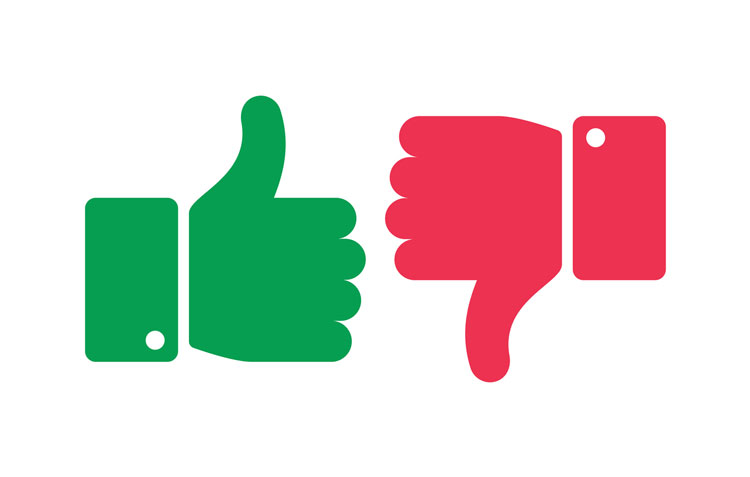The Upside and Downside of Negative Interest Rates
Posted on: September 17th, 2019

Understanding Negative Interest rates
Negative interest rates are in the headlines and they have a lot of people spooked. Our former Fed Chairman Greenspan made waves recently when he indicated they were likely to show up in the US credit markets. Many people don’t understand them and even fewer don’t understand the effects they have.
Negative rates mean negative nominal interest rates as opposed to negative real interest rates. This means the actual interest rate is negative. Negative real interest rates are not that uncommon (the difference between the nominal rate and inflation rate), and usually occur when nominal rates are low and inflationary expectations are high. This often happens at the end of a recession, and indicates an economic uptrend is near.
But Banks don’t lend and investments don’t pay in real interest rates. Theoretically speaking, with negative rates you are paid interest on a loan you owe as opposed to you paying interest on the loan, assuming the loan doesn’t have a floor on it. With negative rates, your deposits would not earn an interest income but would require you to make an interest payment to your bank.
So in this new world – you are paid to borrow and you pay someone to keep your deposits. Being paid to borrow is an interesting because it completely upends the cost of capital and internal rate of return calculations. When measuring the return from a project, you need a cost of borrowing and a discount rate. When you are paid to borrow, this significantly lowers your cost of capital.
With negative rates, many projects that previously yielded subpar returns, will now exceed the hurdle rate, because of the lower cost of capital, ceteris paribus. With a discount rate reduced because of the negative rates, the present value of the future income stream is also worth more, ceteris paribus.
At least theoretically, lower borrowing costs and higher present value is a double benefit and could create a bonanza of new investment opportunities for entrepreneurs and businesses. Financial asset returns will likely suffer, but not across the board. Cash will be a bad investment because it will have a carrying cost.
Stocks could do well to the extent they can invest in new projects and generate growth and income. The big unknown in this viewpoint is the extent to which business optimism holds firm. The adjustment to this scenario could be painful and emotional in the market, which could transform theoretical upside into practical downside.
